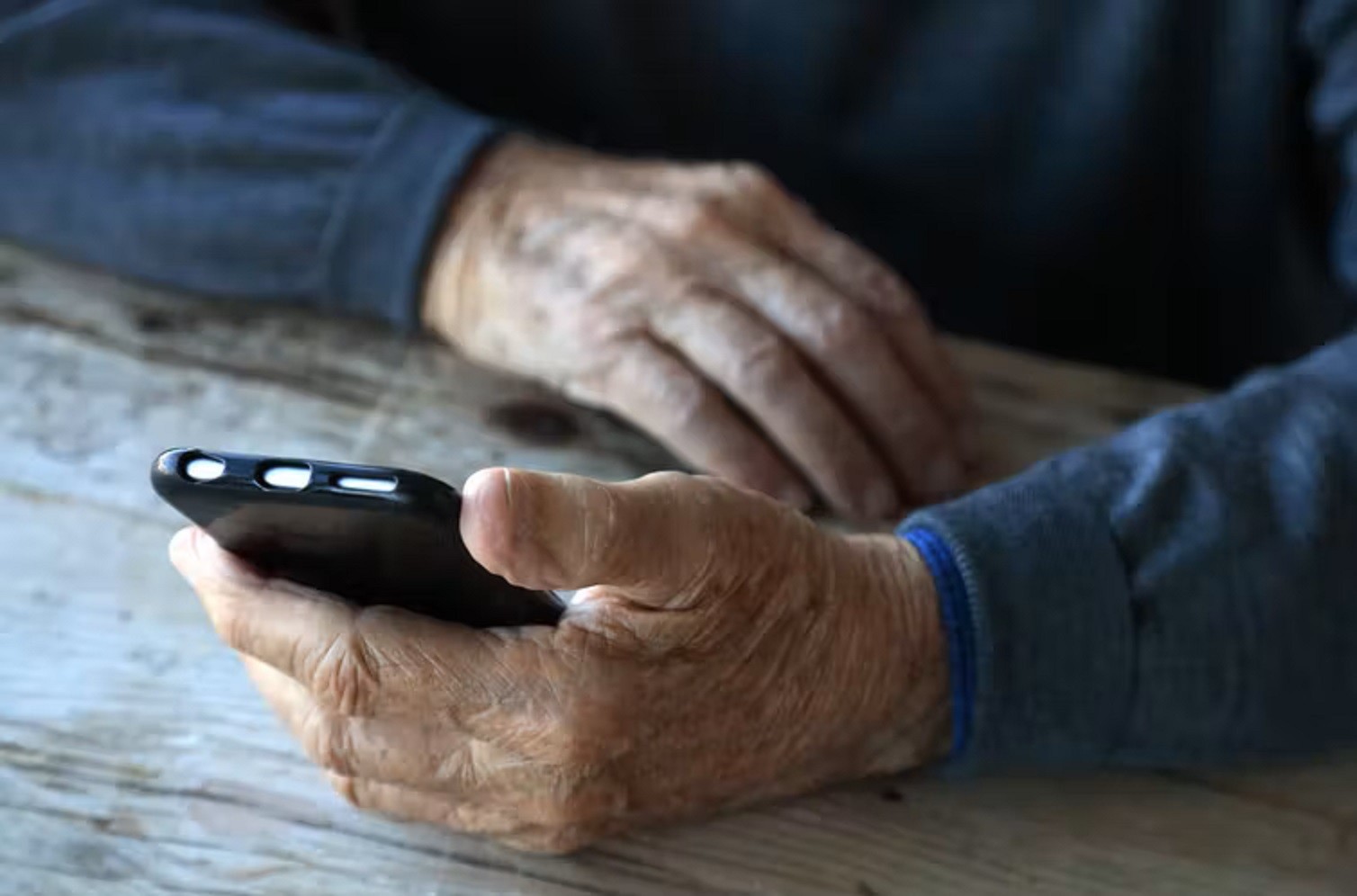The 988 lifeline will connect callers with specialists trained to help with mental health crises, including psychotic symptoms and substance abuse.
Starting July 16, 2022, people experiencing mental health crises can call 988, a new number focused on providing life-saving suicide prevention and crisis services. But 988 isn’t just a shorter, easier-to-remember replacement for the current suicide hotline. Congress and the Federal Communications Commission also created the 988 Lifeline to address long-standing mental health care concerns.
The Conversation asked Derek Lee, a doctoral student at Ohio State University in counselor training and supervision and therapist, to explain the new service and how it differs from the old hotline. Lee’s studies and research focus on suicide, including training, intervention and prevention.
What is 988?
The three-digit number is part of a new national mental health programme. In 2020, the Federal Communications Commission designated 988 as the helpline number and Congress authorized funding [for the 988 Lifeline Program](http://uscode.house.gov/view.xhtml?req=(title:42%20section:290bb-36c%20edition:prelim).
Can people still call 1-800-273-TALK?
Sure. The future old number has been operational since 2005, but it is not going to disappear yet.
On July 16, 988 goes live nationwide and callers can also start using it to call, text or chat.
What’s wrong with the old number?
The system behind it, including its 200 call centers currently in the national network of crisis lines, according to a 2019 report on the program.
A major problem is that call centers don’t always have the staff or the technology to handle an increasing number of calls.
Calls that cannot be answered by in-state centers are redirected to out-of-state centers through the system’s backup network. That means the operator may be less familiar with local crises, according to a spokesperson for Vibrant Emotional Health, the nonprofit that administers the hotline program. Or incoming calls may simply “pile up”, create a phone hang, and leave callers on hold “too long”, a period of time that the report does not define.
The report notes, however, that there is no consistent standard for wait times, staffing or other operational aspects of call centers. State governments regulate them and they are independently managed.
How will 988 be different?
It’s not clear. Vibrant has not released specific plans. Neither does Congress, but the Behavioral Crisis Services Expansion Act introduced last year requires call centers “to provide air traffic control quality coordination of real-time crisis care.”
Where will the money come from to pay for all this?
The shift to 988 comes with state and federal funding, as well as federal oversight to ensure equitable access. Initial funding comes from federal channels, including the US bailout, the Community Mental Health Services Block Grant, and President Biden’s proposed fiscal year 2022 budget. Most long-term funding will come from individual states.
Why is all this happening now?
Much of the discussion started during the pandemic, which really brought mental health issues to the fore. A study of 8 million calls to helplines in 19 countries and regions found that call volumes jumped during the first wave of coronavirus infections. At the six-week peak, the total number of calls was 35% higher than before the pandemic.
In the United States, the national coronavirus emergency and subsequent widespread lockdown has led to a nationwide increase in the number of people struggling with depression, anxiety and other mental disorders. Alcohol consumption has increased, especially among women and students.
Who benefits from 988?
Anyone who needs help with their mental health, especially people in crisis. One of the primary goals of 988 Lifeline is to create equity in mental health services, especially for those who have not always had consistent or reliable access to mental health care.
For example, Vibrant will provide operators who speak both English and Spanish and telephone interpretation in over 150 additional languages.
One improvement experts would like to see is the establishment of virtual visits with mental health professionals for those who cannot make it to in-person appointments, such as people with disabilities or those in rural areas.
Derek Leedoctoral student in counselor training and supervision, The Ohio State University
This article is republished from The Conversation under a Creative Commons license. Read the original article.
‘, ‘window.fbAsyncInit = function() {‘, ‘FB.init({‘, ‘appId:’216372371876365′,’, ‘xfbml:true,’, ‘version: ‘v2.6” , ‘});’ ]; ppLoadLater.placeholderFBSDK.push(‘};’); var ppFacebookSDK= [
‘(function(d, s, id) {‘,
‘var js, fjs = d.getElementsByTagName(s)[0];’, ‘if (d.getElementById(id)) return;’, ‘js = d.createElement(s); js.id = id;’, ‘js.src = “https://connect.facebook.net/en_US/sdk.js”;’, ‘fjs.parentNode.insertBefore(js, fjs);’, ‘}( document, ‘script’, ‘facebook-jssdk’));’ ]; ppLoadLater.placeholderFBSDK = ppLoadLater.placeholderFBSDK.concat(ppFacebookSDK); ppLoadLater.placeholderFBSDK.push(‘‘); ppLoadLater.placeholderFBSDK = ppLoadLater.placeholderFBSDK.join(“n”);

